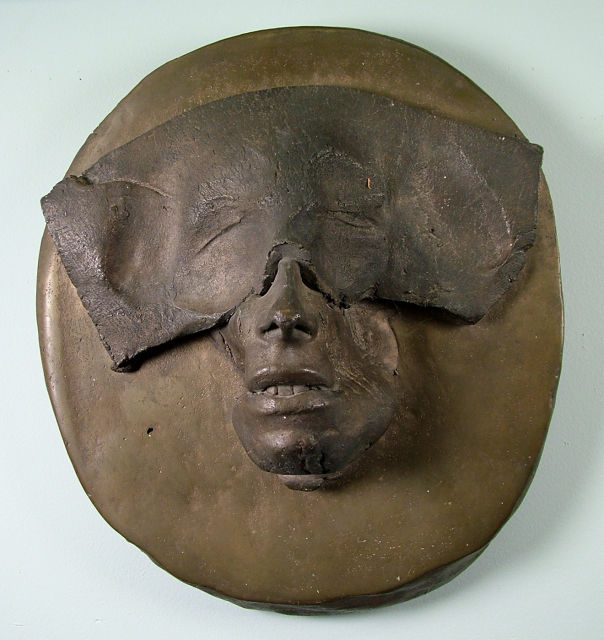Local artists preserve May 4 through creative art
May 1, 2017
On May 4, 1970, four students were killed by the National Guard during a protest held on campus. Allison Krause, Jeffrey Miller, Sandra Scheuer and William Schroeder had their lives taken in an instant.
“It was blood spilt on our own soil,” said Abby Hermosilla, a senior art history major. “They were students, like us.”
But the story didn’t end there for them. People like Sandra Perlman Halem and Henry Halem have worked to honor the fallen and immortalize the tragedy.
“Art makes sense of chaos,” said Perlman Halem, a playwright with over a dozen plays written and produced around the world. She is also the president of the Kent Historical Society and founder of the May 4 Oral History Project.
In her play “Nightwalking,” characters recount where they were when May 4 happened and what effects it had on them growing up. The play is based on interviews she had with people who were there the day the violence erupted on campus.
“I didn’t ever intend to write anything about it,” Perlman Halem said. “I couldn’t get these stories out of my head. I felt then, as I do now, that the university should deal with these feelings. That’s why I decided to write the play.”
Perlman Halem’s play has been produced both in Kent and Chicago.
Halem is another artist that has created pieces about May 4. He was a professor at Kent State, present that day.
“It was chaos,” Halem said. “I remember running into a barn, where the Business Building used to be, and there was a fire burning on the ground. I ran down to (Satterfield), and I started yelling, ‘There’s a fire, there’s a fire, get fire extinguishers,’ and we ran back to the barn and put it out.”
Halem, an artist that creates sculptures, started working on his series “Ravenna Grand Jury” just after the tragedies happened. The project is based on the Grand Jury convened in Ravenna at the time, and its ruling that it was the students’ fault that the National Guard started firing.
“It was purely an emotional reaction,” he said about why he was inspired. “I don’t think I can intellectualize on it. It was one of anger at the senseless and needless deaths of these young people.”
He has also done bigger pieces involving full-size moldings of four students lying dead on the ground, as well as a video composed of photos by John Filo. Halem has sold most of his artwork relating to May 4, now finding homes in museums across the country.
Henry and Sandra remember the events as if they happened yesterday.
The hurt can also be found in current Kent State students.
“I grew up in Kent. I’ve always learned about it in school,” Hermosilla said. “I get emotional about May 4 — people today don’t get the relevance of it.”
Hermosilla has studied and written blogs about the art of May 4 as part of assignments for her major. She said she understands the lasting effects the art has had on those who walk the halls at Kent for a high education.
“Art is powerful,” Hermosilla said. “I think that art can endow souls into people. The four that died aren’t actually gone; they live on through the pieces that have been created about them.”
Perlman Halem believes even those who haven’t attended Kent State can feel the pain through the art of May 4.
“(Art) transcends the specific act that happened,” Perlman Halem said. “People are able to grieve in a more personalized way through art and I think that that happened.”
The art Sandra and Henry have created serves as reminders for those interested in reading or viewing the art.
Perlman Halem’s play ends with a plead to the audience: “If we are not vigilant, this life will come and go and we will miss it and leave it behind without a trace. If we are not vigilant, we can become bitter or lost or worse. If we are not vigilant, we will mistake the markers for the meaning and fail the test completely.”
Alex Kamczyc is the arts reporter, contact him at [email protected]

























